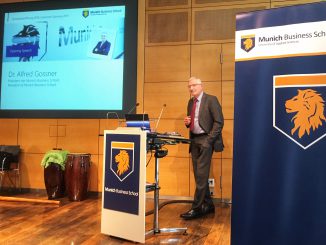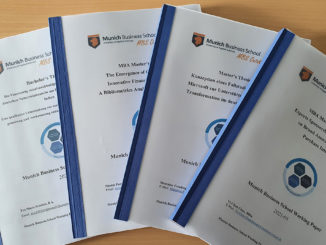
July 11 is World Population Day. Some may find that this is a somewhat strange day to remember, but it is an annual event created in 1989 by the Governing Body of the United Nations Development Program, with the hope of raising awareness of global population issues, such as food supply.
It is certainly a good thing to raise awareness of the growing population of our planet and of all the associated challenges. A simple look at the numbers can make your head spin. While the population of our planet was at roughly 3 billion people in the 1960’s, it had grown to 4.5 billion in the 1980’s, and to roughly 7 billion in 2010. Today we stand at 7.9 billion, and the 8 billion mark will properly be broken this or early next year (World Bank, 2022).
The growth of the human population is truly startling, we are adding roughly 230,000 people to the world’s population daily, which means that by this time next year, there will be 80 to 90 million more people living on our planet than today (World Bank, 2022; Worldometer, 2022), in other words, we are adding a country with a population comparable to that of Germany every single year.
Population Growth Exacerbates World Hunger
Looking at all the challenges that the world is already facing today, these increased population numbers point to the aggregation of an already horrible problem. The United Nations state that around 1 billion people will go to bed hungry tonight, even though they may not be in immediate danger of starvation. Already today, as of 06/2022, there are almost 8 million children on our planet that suffer from acute malnutrition (Unicef, 2022). Many tens of thousands of children will not live to see the next year.
The war in Ukraine is aggravating an already sever problem. Thousands of acres of some of the most fertile farmland in the world will not be cultivated this year. Consequently, the harvest of wheat in 2022 will be much below the levels of previous years. This is particularly significant since Ukraine is one of the world’s most important suppliers of food grains. Food prices will increase and some people, particularly in developing economies will not be able to afford to buy enough food.
At the same time, climate change is making it increasingly difficult in many parts of the world to reliably grow food crops. While extreme heat and droughts are ravaging some parts of our planet, other parts are experiencing severe floods (United Nations, 2022a).
One might ask, how the future is going look with all these challenges at hand. How can humanity manage to feed its growing population? If we do not have enough food to feed 7 or 8 billion people today, how can we hope to feed the 10 to 12 billion population which is estimated to live on our planet by the year 2100? How can we accomplish this seemingly impossible feat, without destroying the last remains of natural world?
Is More Food Production Really the Answer to Population Growth?
Already today, politicians in many countries are calling to allow farming or the use of pesticides and insecticides in protected areas not only in Europe (Grass/Tscharntke, 2020; European Union, 2018), but in Africa, in Latin America and Asia. The intent of these initiatives is to increase the output of farm production, be it for food crops or for meat production. Most of the arguments assume, that there is a need to produce more food in total, or to produce more output per hectar or acre to feed an increasing world population.
It is interesting to note, that this basic assumption, i.e. the need to produce more food items is the key flaw that this argument has. By conservative estimates, only about 50 – 65 % of all produced food is eaten by consumers (UN Environment Programme, 2022; United Nations, 2022b; World Food Programme, 2020) other organizations put the waste much higher than 50%, because they factor in food crops that are used for heating and cooling, energy generation, as additives in biodiesel or petrol or as animal feed for the meat production.
In other words, the food produced today could already easily eliminate world hunger and support an estimated world population of 10 to 11 billion people by conservative estimates (or if we do not want to rely on the most conservative estimates, 14 billion people).
The challenge therefore lies not so much in producing ever higher levels of output, but in using what we have produced more wisely and in a less wasteful and a more sustainable way.
Some Ideas To Achieve More Food Sustainability
Of course, we cannot try to give conclusive recommendations to answer all the associated challenges in a short article like this, but we can certainly briefly list some of the main approaches to start thinking about possible solutions.
Possible approaches to achieve more sustainability can take many facets, one can try to tackle this issue from a personal or a corporate perspective. Corporations and food retailers can try to ensure that less items are thrown away because of lapsed expiration dates. Of course, this would require much more careful logistics planning.




